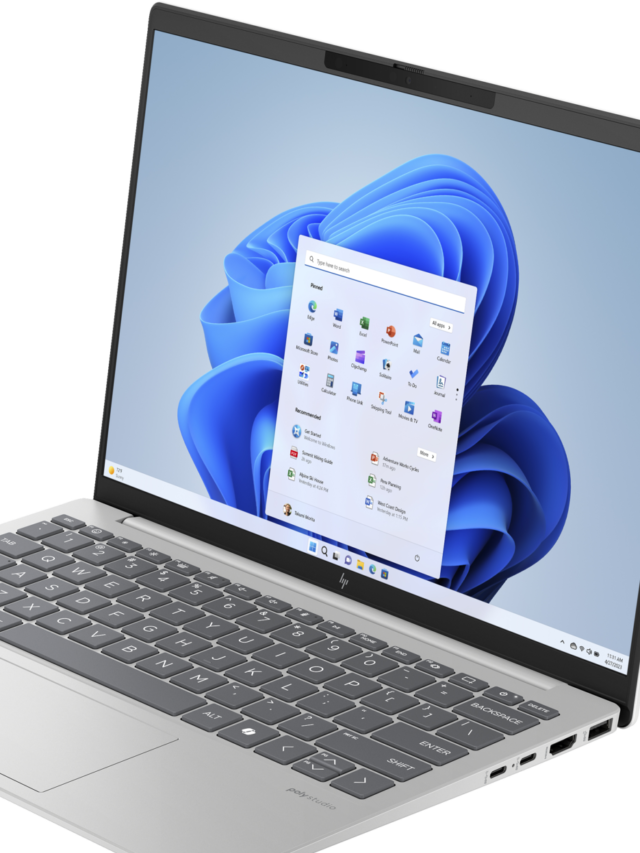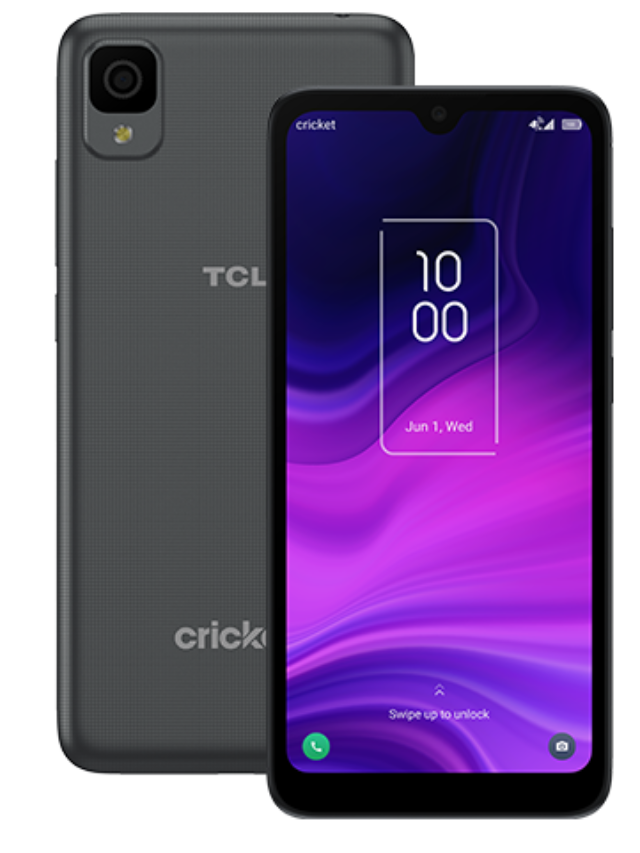OnePlus has been a force to be reckoned with in the smartphone world. Starting as the “flagship killer,” offering top-tier specs at a fraction of the price of competitors, they’ve steadily climbed the ladder, now competing directly with giants like Samsung and Apple in the premium segment. With sleek designs, powerful processors, and innovative features like blazing-fast charging, OnePlus phones consistently garner rave reviews and attract a loyal fanbase. But there’s one nagging issue that continues to plague the brand, preventing it from truly claiming the smartphone throne: software consistency and long-term support.
OnePlus initially built its reputation on near-stock Android with its OxygenOS, known for its clean interface, smooth performance, and timely updates. However, in recent years, the company’s software strategy has become a source of confusion and frustration for users. The merger with Oppo led to the integration of ColorOS into OxygenOS 12, resulting in a significant departure from the beloved OxygenOS experience. Users complained about bugs, inconsistencies, and a general feeling that the software had lost its identity. While OnePlus has addressed some of these concerns with subsequent updates, the damage has been done, leaving a lingering doubt about the company’s commitment to software quality and long-term support.
This inconsistency in software experience is a critical issue for several reasons. First, it undermines the premium image that OnePlus is trying to cultivate. When customers invest in a flagship-level device, they expect a polished and reliable software experience that complements the hardware. Second, it erodes user trust and loyalty. The uncertainty surrounding OxygenOS updates and the fear of encountering bugs can make users hesitant to upgrade to newer OnePlus devices or recommend them to others. Finally, it hinders OnePlus’s ability to compete with established players like Samsung and Apple, who have a strong track record of providing consistent software updates and long-term support for their devices.
To truly conquer the smartphone market, OnePlus needs to address this software conundrum head-on. They need to regain user trust by demonstrating a clear commitment to software quality, consistency, and long-term support. Let’s delve deeper into the specific issues and explore potential solutions.
The OxygenOS Identity Crisis: A Tale of Two Skins
OxygenOS was once the crown jewel of OnePlus phones. Its clean, bloatware-free interface, smooth performance, and timely updates were a major draw for users seeking an alternative to heavily customized Android skins. However, the integration of ColorOS into OxygenOS 12 muddied the waters, leaving users confused and frustrated.
The changes introduced in OxygenOS 12 were not merely cosmetic. Core functionalities were altered, familiar features were removed or replaced, and the overall user experience felt significantly different. This departure from the familiar OxygenOS experience alienated many loyal users who felt that OnePlus had betrayed its core values.
While OnePlus has attempted to course-correct with subsequent updates, the damage has been done. The uncertainty surrounding the future of OxygenOS and the fear of further unwelcome changes have left a lingering sense of unease among users.
What OnePlus Needs to Do:
- Define a Clear Vision for OxygenOS: OnePlus needs to clearly articulate its vision for OxygenOS and communicate it effectively to users. Is it going to be a truly distinct skin with its own unique identity, or will it become increasingly integrated with ColorOS? Providing clarity will help manage user expectations and rebuild trust.
- Prioritize Stability and Consistency: OnePlus needs to prioritize software stability and consistency over introducing new features or design changes. Rigorous testing and quality control are essential to ensure a bug-free and reliable user experience.
- Listen to User Feedback: OnePlus has a passionate community of users who are vocal about their preferences and concerns. Actively listening to user feedback and incorporating it into software development is crucial for regaining user trust and building a better product.
The Update Dilemma: Promising the Moon, Delivering Less
OnePlus initially gained a reputation for providing timely software updates, often outpacing other Android manufacturers. However, in recent years, the company’s update track record has become less consistent. While flagship devices generally receive regular updates, mid-range and budget offerings often lag behind, leaving users feeling neglected.
Furthermore, the length of software support for OnePlus devices remains a concern. While companies like Samsung and Apple now offer up to four years of major Android updates and five years of security updates for their flagship phones, OnePlus typically provides three years of major updates and four years of security updates. This shorter support window can be a deal-breaker for users who value longevity and want to keep their devices for an extended period.
What OnePlus Needs to Do:
- Extend Software Support: To compete with the industry leaders, OnePlus needs to extend the software support window for its devices, especially for flagship models. Providing four years of major Android updates and five years of security updates would demonstrate a commitment to long-term support and give users peace of mind.
- Improve Update Consistency: OnePlus needs to improve the consistency and timeliness of software updates across its entire device portfolio. This includes ensuring that mid-range and budget devices receive timely security updates and bug fixes.
- Increase Transparency: OnePlus should be more transparent about its update plans and communicate them clearly to users. This includes providing detailed roadmaps for upcoming updates and proactively informing users about potential delays or changes.
The Path Forward: Reclaiming Software Supremacy
OnePlus has the potential to become a true leader in the smartphone market. They have the hardware prowess, the design flair, and a loyal fanbase. However, to achieve this, they need to overcome the software hurdle.
By addressing the issues with OxygenOS and software updates, OnePlus can regain user trust, solidify its brand image, and compete effectively with the industry giants. Here are some key steps they can take:
- Re-establish OxygenOS Identity: Clearly define the vision for OxygenOS and communicate it effectively to users. Focus on stability, consistency, and a clean user experience.
- Extend Software Support: Provide longer software support for all devices, especially flagship models. Aim for four years of major Android updates and five years of security updates.
- Improve Update Consistency: Ensure timely and consistent software updates across the entire device portfolio.
- Enhance Communication: Be transparent about update plans and communicate them clearly to users. Provide detailed roadmaps and proactively inform users about potential delays or changes.
- Invest in Quality Control: Implement rigorous testing and quality control measures to ensure a bug-free and reliable software experience.
- Listen to User Feedback: Actively solicit and incorporate user feedback into software development.
By taking these steps, OnePlus can reclaim its software supremacy and solidify its position as a true leader in the smartphone market. The company has the potential to create a truly exceptional user experience that combines top-tier hardware with polished and reliable software. It’s time for OnePlus to deliver on that promise.



















Add Comment